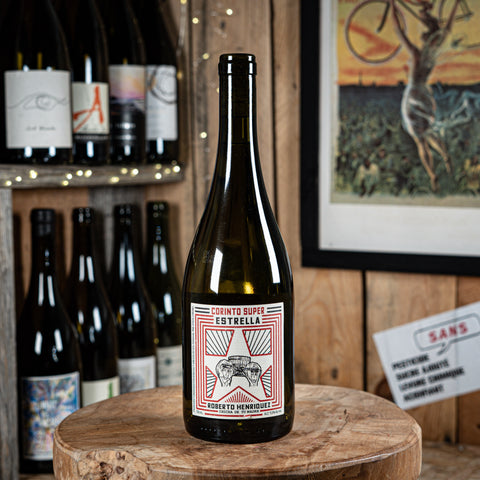40 products

Savoy white wines
The Savoy vineyard is no longer the ugly duckling of French vineyards. Today, the wines of Savoy and more precisely, the white wines of Savoy are hoisted on the most beautiful tables of France. The winegrowers no longer produce anything but small wines to deposit in ski resorts, they produce great wines, wines from the soil where the grape varieties are put forward.
The story of Savoy dry white wines dates back to Roman times, when the Roman legions introduced the grape varieties and methods of growing vines to the region. Over the centuries, Savoy winemakers have developed techniques to adapt grape varieties to their mountainous climate and granite soils, producing dry white wines characteristic of the region.
In the Middle Ages, Savoy wines were mainly produced for local consumption and were little known outside the region. Over the following centuries, however, Savoy wines began to be exported to nearby towns such as Geneva, Lyon and Chambéry, where they grew in popularity.
Savoy wine, whether white or red, has been marked by certain difficult times such as phylloxera which decimated French vineyards in the second half of the 19th century, then the First and Second World Wars which affected production. Today, the wines of Savoy have benefited from the controlled designation of origin (AOC) since 1973, this guarantees qualitative and geographical standards of production. The white wines of Savoy today represent more than 80% of the Savoy vineyard, i.e. the largest volume of production of Savoy wines.
The grape varieties of dry white wines from Savoie
The white wine of Savoie is grown by many winegrowers such as Nicolas Ferrand at the Domaine Des Côtes Rousses, or Mathieu and Camille Apffel at Saint-Baldoph. All cultivate these grape varieties in a very respectful way, they practice organic or even biodynamic cultivation. They are all artisan winegrowers who speak for their soil.
Each grape variety has its own expression according to the soil on which it evolves. For example, the Savoie wines of Apremont are located at the foot of Mont Granier, one of the most famous soils in the Savoy vineyard. The Apremont (AOC) Savoie wine vineyard extends over different soils, notably Apremont, Les Marches and Saint-Baldoph. There, the Jacquère, a local grape variety which represents half of the vineyard, is wonderfully cultivated. Moreover, Jacquère dominates the six crus of Apremont, Abymes, Saint-Jeoire-Prieuré, Cruet, Chignin and Jongieux.
But the white wines of Savoie are not made only from Jacquère. The different grape varieties of Savoy wines are Roussette also called Altesse, Roussanne and Chasselas.
Savoy wines in Chignin, Chignin-Bergeron are mainly made up of Roussanne, as in the Anne-Sophie and Jean-François Quénard estates, who produce very fine wines. Haute-Savoie wines are divided into two appellations: Vin de Savoie and Roussette de Savoie. The Vin de Savoie appellation is available on the crus of Crepy vin de Savoie, Ayze, Ripaille, Marin and Marignan. Moreover, on these soils, Gringet is the king of grape varieties, a grape variety that Yann Pernuit, of Vins de Belema, masters very well.
There are many soils that know how to enhance the dry white wines of Savoie. At Epicurieux, we look for winegrowers who respect these exceptional lands, who let the wine express itself freely.

What do you eat with a dry white wine from Savoy?
The dry white wines of Savoy are therefore produced from grape varieties such as Jacquère, Roussette also called Altesse, Roussanne, and Chasselas. They are known for their freshness, high acidity and fruity aromas.
Savoy dry white wine can be paired with local dishes such as fondues and raclettes. The white wines of Savoy are also appreciated to accompany seafood and fish. Thanks to their fruity aromas, high acidity, this makes them excellent to accompany all these dishes.
Having trouble making a choice?
Topo, our robot sommelier helps you choose from more than 600 wines, according to your preferences. They even say he gives you a gift at the end 🤫...








































